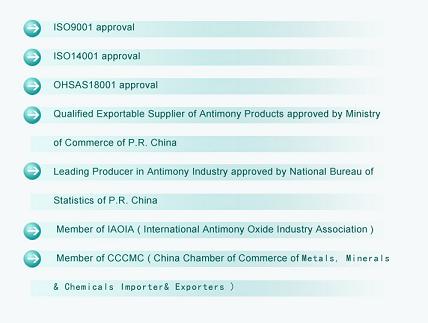ISLAMABAD, Dec 29 (Reuters) - Pakistan accused al Qaeda of killing opposition leader Benazir Bhutto, whose assassination has plunged the nuclear-armed country into crisis and triggered bloody protests.
But Bhutto's party dismissed the official explanation and said President Pervez Musharraf's embattled administration was trying to cover up its failure to protect her.
Officials said at least 31 people had died in violence since a suicide attacker killed the 54-year-old former prime minister on Thursday, stoking fears a Jan. 8 election meant to restore civilian rule in the U.S. ally could be put off.
"We have intelligence intercepts indicating that al Qaeda leader Baitullah Mehsud is behind her assassination," Interior Ministry spokesman Javed Iqbal Cheema said late on Friday.
Mehsud is one of Pakistan's most wanted militant leaders and is based in the South Waziristan region on the Afghan border. Cheema said authorities recorded an intercept on Friday in which Mehsud had congratulated his people for the attack.
But Bhutto's Pakistan People's Party rejected the claim. A spokesman said the government must show solid evidence.
"The government is nervous," he said. "They are trying to cover up their failure" to provide adequate security.
Tens of thousands of Bhutto's supporters wept and beat their heads as she was laid to rest on Friday. Troops were called out to quell protests in her home province of Sindh, where she had huge support, particularly among the rural poor.
Many mourners chanted slogans against Musharraf and the United States, which backs the former general in the hope he can ensure stability in the face of Islamist violence and relies on Pakistan as an ally against al Qaeda and Afghanistan's Taliban.
Musharraf, who seized power in a military coup in 1999 but left the army last month to become a civilian president, has appealed for calm and blamed Islamist militants for the killing.
But many accused him of failing to protect Bhutto, who died in the garrison city of Rawalpindi, home of the Pakistani army.
BLAST
Bhutto returned home from self-imposed exile in October, hoping to become prime minister for a third time.
She died when the force of the blast from a suicide bomber smashed her head into the sun-roof of her car, moments after she had waved to supporters at a rally, the Interior Ministry said.
Washington had championed Bhutto, relatively liberal by Pakistan standards, and an outspoken opponent of Islamic militancy and violence. Her death wrecked U.S. hopes of a power-sharing agreement between her and Musharraf.
An al Qaeda role, if confirmed, would show how dramatically the group could still thwart U.S. foreign policy.
"Sometimes I think that bin Laden and Zawahri must shake their heads and say, 'It's all too easy'" said Michael Scheuer, a former CIA employee who led the hunt for al Qaeda leader Osama bin Laden. Ayman al-Zawahri, bin Laden's deputy, earlier this month denounced Bhutto as an instrument of U.S. policy.
President George W. Bush has urged Pakistanis to honour Bhutto's memory by going ahead with the election.
Prime Minister Mohammadmian Soomro said elections would proceed as announced, but analysts said the assassination, following a wave of suicide attacks and the worsening of an Islamist insurgency, could make this impossible.
Hillary Clinton, battling to become the Democrat candidate in the U.S. presidential election next year, called for an international probe of Bhutto's killing and said Pakistan's government had no credibility under Musharraf.
"It is clear the Bush policy of giving Musharraf a blank check has failed," the New York senator said in Story City in north-central Iowa. "We need an international and independent investigation into the death of Benazir Bhutto."
Musharraf imposed a state of emergency in November in what was seen as an attempt to stop the judiciary from vetoing his re-election as president. He lifted emergency rule this month.
Bhutto, who became the Muslim world's first democratically elected woman prime minister in 1988, was buried alongside her father, former Prime Minister Zulfikar Ali Bhutto. He was hanged in 1979 after being deposed by a military coup.
Bhutto escaped unhurt from a suicide attack in October that killed about 140 people. The government said al Qaeda was also behind that attack.
She had spoken of al Qaeda plots to kill her. But she also had enemies in other quarters including among the powerful intelligence services and some allies of Musharraf. (Additional reporting by Kamran Haider and Zeeshan Haider; editing by Matthew Tostevin and Jerry Norton)
http://www.reuters.com/article/newsOne/idUSL27154356._CH_.2400
...
Read more...





